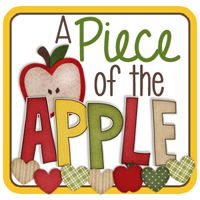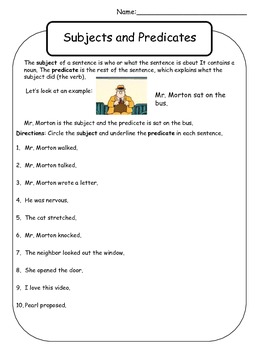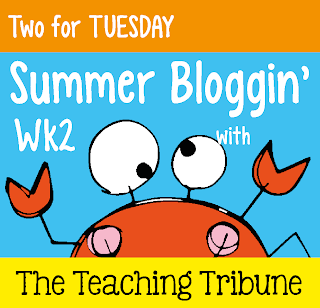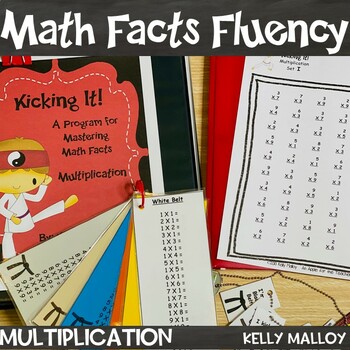One of the books that I am reading this summer for a book study is
100 Minutes by Lisa Donohue. If you missed my previous posts you can find them below:
Chapter 1
Chapter 2
Chapter 3
Chapter 4
Chapter 5
Chapter 6
Chapter 7
Today I am linking up with
Emily from Emmy Mac's Class for Chapter 8. She is also hosting a
giveaway for a $10 TpT gift card and a $20 shopping spree in her store, so make sure you head over there to enter!

My thoughts on Chapter 8:
I always notice the most growth in students during small group instruction, so I was excited to read Lisa Donohue's take on it as well. She states that small group instruction is the vehicle for teachers to be able to monitor individual students and to provide them with differentiated instruction based on their needs. She also says that it can be a time for students to set and monitor their goals. I have previously only done this in individual conferences, but I think that using small group time to do this will not only be more efficient, but will also give students the opportunity to observe their peers setting goals as well. I could see having a small group comprised of two strong goal setters with two weaker goal setters just for that purpose.
Grouping Students
Lisa also gives a variety of ways in which to group students including:
1. Personal interest (non-fiction interests such as snakes, fiction interest in a certain author or series).
2. Student's current areas of strength and need. (fluency, comprehension, decoding, etc.)
3. Instructional levels
The most important thing about grouping students is that they should not be "forever" groups. She states that groups should change on average, once a month.
Small Group Reading Lessons
A typical small group lesson should last 15-20 minutes. Donohue says, "Ensure that students are spending the majority of the time reading the text." That is so easy to forget as we want to get in there and teach. She says the teacher should:
1. Set the stage for reading
2. Engage students in discussion during reading
3. Allowing students to reflect after reading
Writing Conferences
I have had individual writing conferences with students, and I have had students work in groups to discuss their writing, I have even had whole group writing conferences, but I have never had actual small group writing conferences. Last year my students were really successful when they worked together in small groups to review their writing. I had blogged about these sessions in previous posts:
Roll and Retell
Increasing the Level of Student's Writing
However, I often felt like I didn't get enough opportunity to coach them when there were issues (a student not participating in the group, or when they all couldn't think of anything more to share or add to the conversation) or to assess who needed more help as I flitted from group to group. I LOVE the idea of having small group writing conferences together and then giving them the opportunity to work on peer editing themselves later. I can't thank Lisa Donohue enough for giving me this format to grow my practice. I love this gradual release of responsibility model and I can't wait to try it out this year. I really see how it will add to my students' learning.
Feedback
Donohue says that feedback is most helpful when it is "descriptive and skill-based". She says feedback that is evaluative in nature, such as , "This is level 3 work" can give students an indication as to what they are successful at and what they need to work on. We use Marzano's scales, so this could be easily incorporated.
She also says that the teacher might refer to mentor texts as well as the success criteria to model ways that the criteria is used for the student.
Donohue cautions that a writing conference is not a time when students hand over their work to the teacher in order to have it corrected (I am so guilty of that!). She says it is not the teacher's job to fix the mistakes, but instead is to draw the writer's attention to areas of confusion and areas that need improvement by posing questions in a way that cause the author to revise and rework the piece.
I love this because I know that often times I become frustrated when the same student makes the same mistakes over and over again. Donohue states that the reason for this is because the student is not an active part of the process when the corrections are being made. They must be involved in order to actively learn and transfer that understanding to a new situation.

- I would like to create or find an interest sheet that I could use to group students into small reading groups throughout the year. I really like this idea and it would make natural book clubs rather than just by ability alone.
- This chapter has really had me evaluating my small group instruction. I am thinking about changing what I have been doing (which is mostly leveled readers and text book work) to have articles or short stories the students can read. When they initially come to group, I will have them read the assigned reading silently while I make sure the rest of the class has begun their work independently. I will then introduce the skill we are working on and then have them choral read to certain sections. During the reading I will pose questions based on the specific skill we are working on. After reading the students will reflect and respond. (I know that sounds like a jumbled mess right now, but as I develop it into actual lessons I will share!).

I want to think more about how to make feedback more visible to the student. What do they specifically need to do to move their work from a level 2 to a level 3?
Next up- Chapter 9: Building In New Literacies
Be sure to visit our co-host Tina from Croft's Classroom on June 25th to continue this learning journey with us.



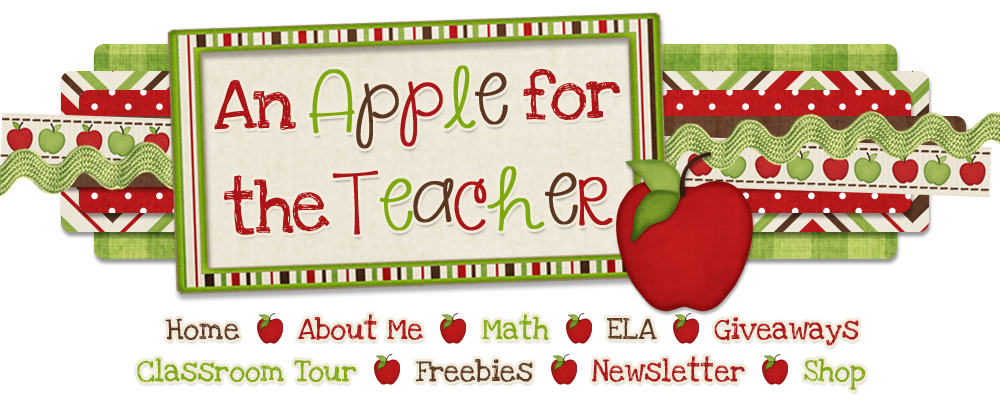

















 The first item is
The first item is 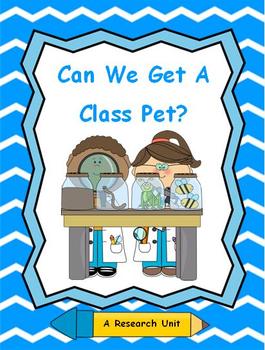 The second item involves both persuasion and research as your students try to persuade you to get a class pet. They will also try to convince you what type of pet to get as well.
The second item involves both persuasion and research as your students try to persuade you to get a class pet. They will also try to convince you what type of pet to get as well. 